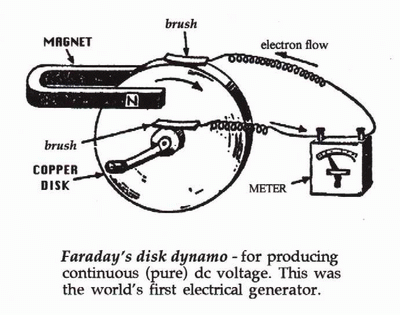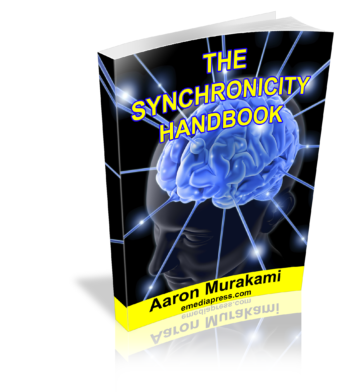
In 1831, Michael Faraday invented the Faraday Disc Generator. It was a simple copper disc rotating between 2 magnetic fields that were perpendicular to the conductor. It worked, but had efficiency problems with current moving in opposite direction away from the magnetic field as well as other issues.
Around 1977, Bruce DePalma invented the “N-Machine”, which was not predicted by Faraday or Maxwell as it had the magnets FIXED to the conductor and they rotated together – something that is not supposed to work but it does.

Today, there is still no satisfactory answer as to why it works and the conventional explanations fall flat.
DePalma’s presentation is available here as part of a large collection of videos called Classic Energy Videos
Later on Adam Trombly enhanced DePalma’s N-Machine and was given two gag orders by the Pentagon. Fortunately, the patent applications had already circulated world wide and Paramahamsa Tewari had replicated Trombly’s machine and to this day, they are still moving this technology forward.
The above mentioned machines of DePalma, Trombly and Tewari are legitimate “overunity” machines where more electricity can be taken from it than is required to run the prime mover.
The problem with many of these related machines is that they output a lot of current, but there is hardly any voltage. The voltage is so low it will be in the millivolts and to get anything in the couple volt range requires very large setups with very high RPM’s.
At the 2017 Energy Science & Technology Conference, I’ll show the simplest and most elegant innovation to the N-Machine concept that has allowed me to charge a capacitor to 18 volts DC and the magnets are only 2 inches in diameter and they were spinning at only 2000 RPM at the most. This is a world’s record and is something that I came up with many years ago.
I’ve experimented with it off and on over the last few years and proven it to work indisputably and it is so simple that everyone will be wondering why nobody else has every figured this out until now.
This presentation will be the first presentation Saturday morning at the energy conference. All the seats are sold out, but the presentation will be released in the A & P Electronic Media catalog not too long after the conference.
The whole catalog is available at http://emediapress.com
Share this with everyone with the share buttons below. Once this method is out there, it can never be put back in the bottle!



Would be interesting in seeing how you can increase the voltage in such a grand way, this is handy for setups that rely on the potential difference of voltages to charge capacitors and draw usable amps from the ground.
Hi Ray, saw you’re coming to the conference – will see you there!
I think you’ll appreciate the simplicity, practicality and low cost method that will put it in the hands of the average experimenter.
I have been building my my own version of DePalma’s N-Machine. Raising the voltage has been the issue I am trying to address. I am unable to attend the conference so I am looking forward to learning how you approach and solve this issue.
Did you ever see my presentation? I wound up lighting a neon bulb over and over from the output.
These machines only produce current and not much voltage? Why not transform the amps into voltage, if it is running to much current and no voltage? – as long as you have an abundance of one you can transform to balance it for an equal balance of the 2 – i looked at this many cycles ago and it was fairly simple system so a customized transformer should work, maybe even test how a unit runs in a Faraday cage with a variable transformer hooked in parallel or series? ;p
I already showed how to wind up with over 100 volts in my presentation. That was the point.